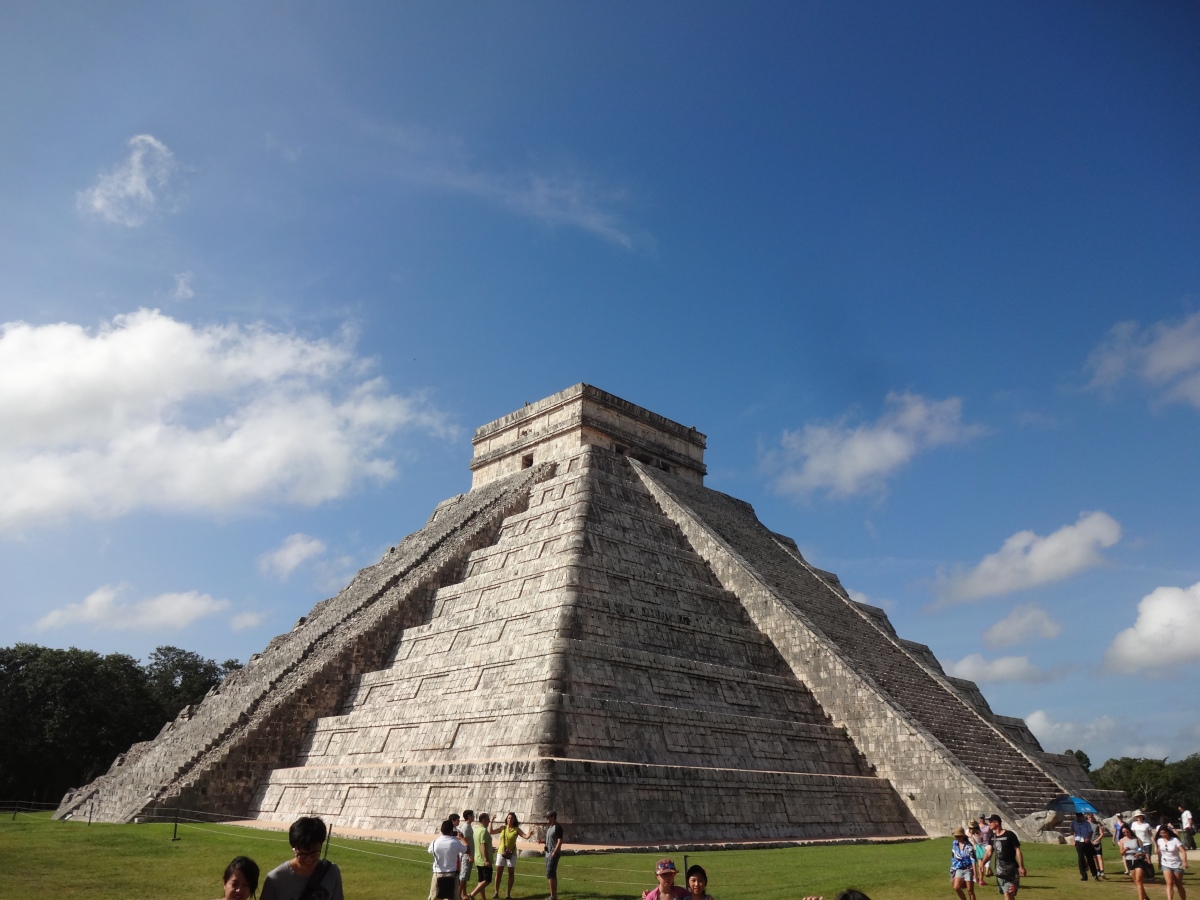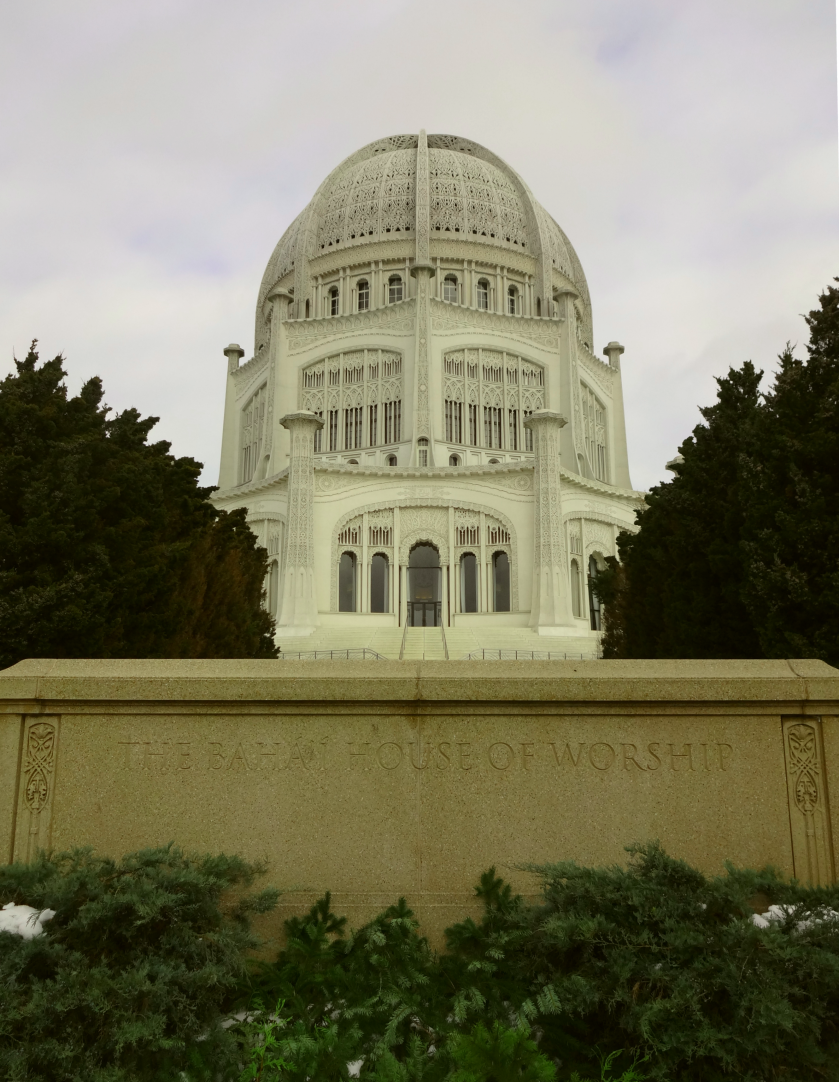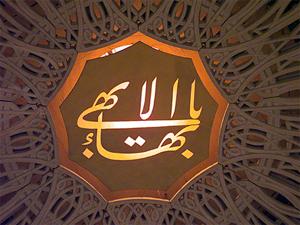Malo’ Kin.
It means ‘good sun’ in the Mayan language and is a greeting equivalent to ‘good day’ in English. The sun, along with the moon and stars were of utmost importance to this ancient race. Their knowledge of heavenly bodies was so precise and comprehensive scientist were awestruck by the discoveries made. One example of this the Mayan calendar, more specifically the long count calendar (they had 3 calendars in total). It is able to measure with greater accuracy the number of days in a year than the Gregorian calendar we use today, even with the leap year correction.
Another illustration of their expertise is their construction of monuments. The temple of Kukulkan in Chichen Itza, one of my favourite of the 7 wonders, exemplifies this best. Located in the heart of the Yucatan Peninsular, Mexico, Chichen Itza is perhaps the Mayan’s greatest legacy. I travelled to Chichen Itza from Cancun on a 2 hour bus ride. The queue was short as the park had just opened so getting in took little waiting. A short stroll past local vendors busy setting up stalls and there stood the pyramid of Chichen Itza basking in the morning sun.
The temple of Kukulkan, or El Castillo, was built almost to embody significant numbers to the Mayan calendar – 91 small steps on each side + the peak = 365 for days of the year, 9 larger terraces X 2 on each side = 18 for months of the Mayan solar calendar, 52 panels for number of years in the Mayan calendar round. Another astonishing design of the pyramid is its acoustics. Stand a distance away from the foot of the north or the west steps and clap. The temple will greet all who come from far away lands with squawks of a quetzal – a native bird.
But by far the most spectacular marvel happens twice a year. During the spring and autumn equinox, Kukulkan the serpent deity of the Maya will descend and bless the lands of its people. Kukulkan arrives from the heavens starting at the top steps of the pyramid and slowly makes its way to the bottom. It takes about 45 mins for Kukulkan to be fully illuminated and its head glowing with the halo of sunlight before receding back upwards and finally disappearing.
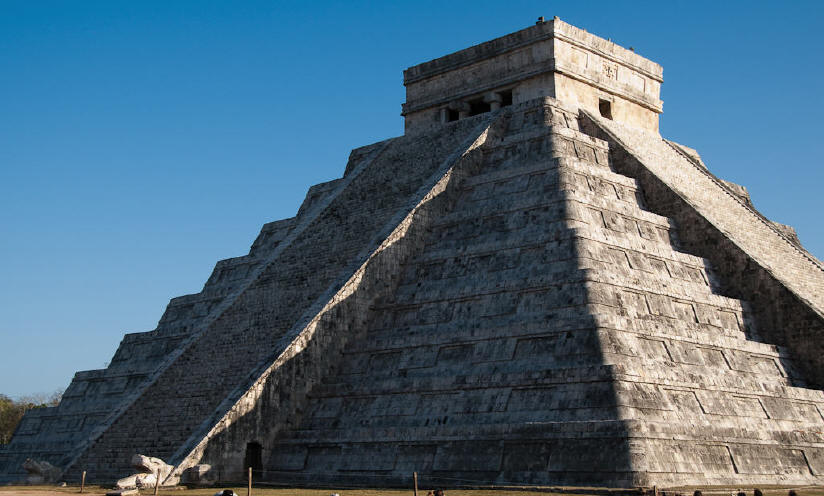 Kukulkan’s descent at equinox. http://www.world-mysteries.com/chichen_kukulcan.htm
Kukulkan’s descent at equinox. http://www.world-mysteries.com/chichen_kukulcan.htm
Although El Castillo takes the limelight, the entire archeological site encloses a traditional Mayan ball court, the platform of Venus and two other temples namely the Temple of Warriors and the Temple of the Jaguars and Eagles. All important relics of the once great city of Chichen Itza.
Mayans were quintessential Moonstarers… … Astronomers. It is apparent in the cities they constructed. In Tulum, another Mayan village along the coast, a temple was built with a small window where the light of sunrise would shine through it only during the summer solstice. Apart from this idiosyncratic show of astronomy, Tulum is a beautiful site. Ruins of old, dilapidated houses, temples and palaces lay a stone’s throw from a picturesque beach with low cliffs flanking either side.


There are several other sites of abandoned Mayan cities that have similar ruins and structures, unfortunately more time is need to visit them. Their civilization stretched form modern day Honduras, through Guatemala, to Mexico.
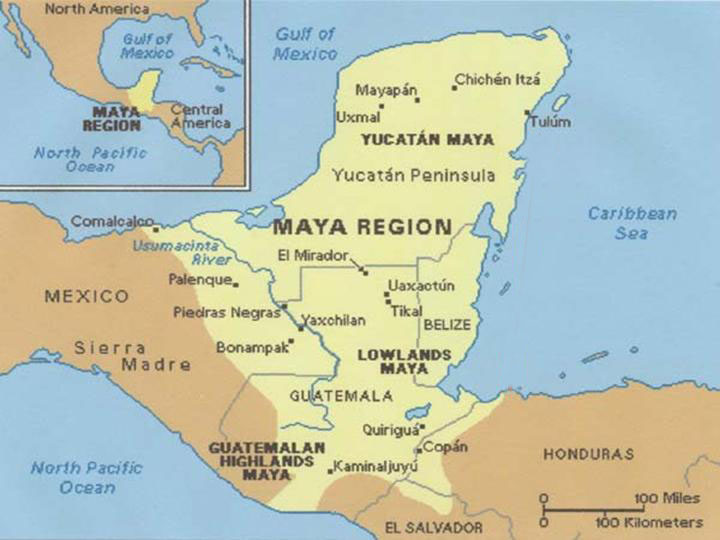
With such knowledge of astronomy, it is surprising and lamentable that the civilization declined, conquered by the Spanish and many of its scriptures destroyed. If little amazes you these days, a visit to Chichen Itza would excite the wanderer in you and spark your imagination.
Websites:
http://people.howstuffworks.com/mayan-calendar4.htm
http://mathsforeurope.digibel.be/Calendar.htm
http://www.trussty.com/2012/11/the-mayan-civilization.html?m=0#axzz3x1nG4B9F
http://travel.nationalgeographic.com/travel/world-heritage/chichen-itza/
http://www.world-mysteries.com/chichen_kukulcan.htm
http://news.nationalgeographic.com/news/2002/12/1206_021206_TVMayanTemple.html

